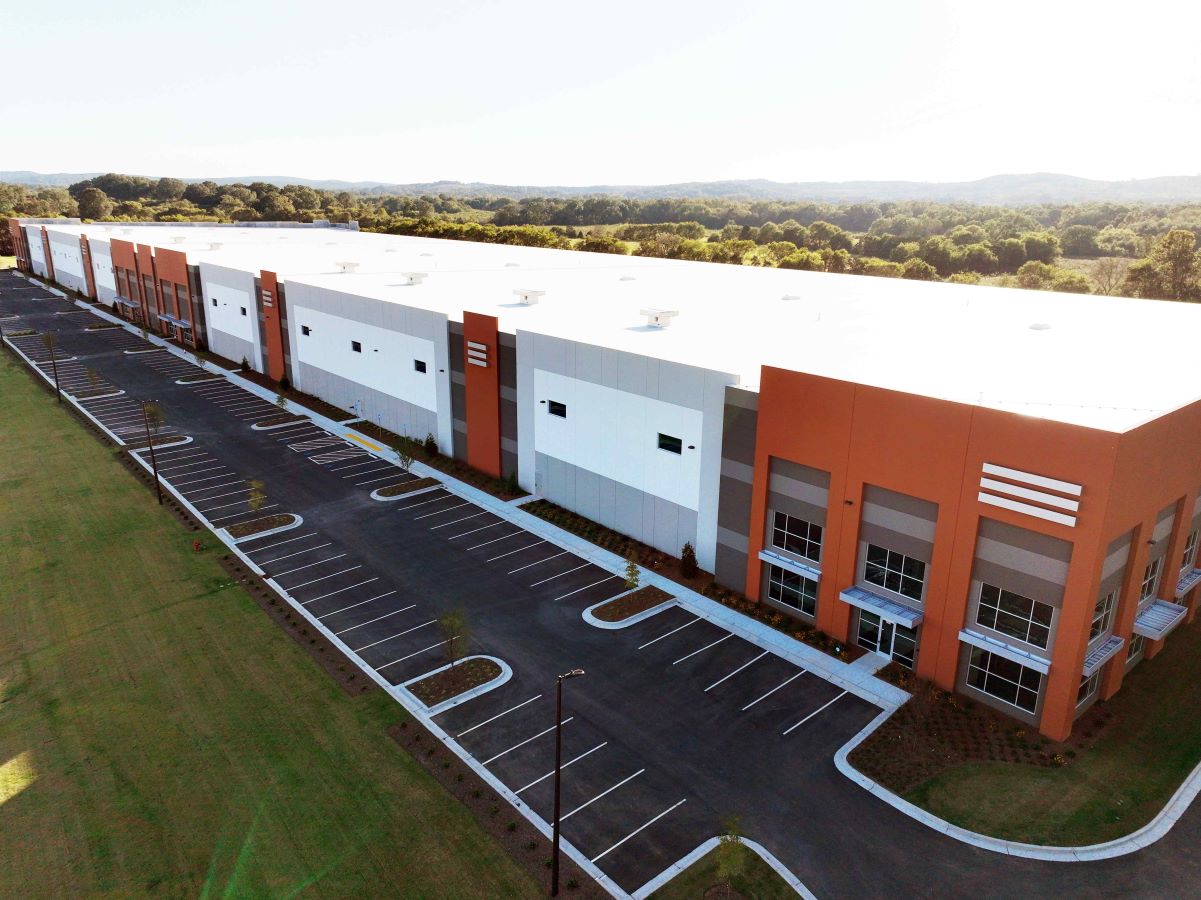Tax Reform Boosts Thriving Industrial Market
Not only has online commerce changed our way of life but it has amplified the need for regional fulfillment centers, hence the industrial sector boom, according to FTI Consulting Managing Director Laura Jackson.
By Laura Jackson
 Even the least savvy investors are aware that online shopping has changed the way we conduct our lives. We return home from work to boxes piled high at our doorstep filled with online purchases from clothes to holiday presents to everyday household items. Not only has online commerce changed our way of life but it has amplified the need for regional fulfillment centers. Born is the boom in the industrial sector. All of this happened before the Tax Cuts and Jobs Act (TCJA) became part of our lives in December of 2017. Fortuitously, the provisions in the TCJA should enable an even more optimistic growth plan for industrial properties.
Even the least savvy investors are aware that online shopping has changed the way we conduct our lives. We return home from work to boxes piled high at our doorstep filled with online purchases from clothes to holiday presents to everyday household items. Not only has online commerce changed our way of life but it has amplified the need for regional fulfillment centers. Born is the boom in the industrial sector. All of this happened before the Tax Cuts and Jobs Act (TCJA) became part of our lives in December of 2017. Fortuitously, the provisions in the TCJA should enable an even more optimistic growth plan for industrial properties.
The TCJA promised to leave individual taxpayers with more money in their pockets by reducing income tax rates across the board. The standard deduction was increased to help those in the bottom tax brackets, while the top tax bracket was lowered from 39.6 percent to 37 percent. The availability of additional spending cash should drive the need for more warehousing space, whether it be for production or distribution.
On the business side, the TCJA preserved like-kind exchanges, also known as 1031s. Industrial owners can swap properties to suit their growing business needs in a tax-free manner. In some metropolitan areas, finding land to develop is challenging and industrial property owners are struggling to keep up with the growing demands of consumers. Allowing industrial property owners to exchange property without the heavy burden of tax liability will allow them to right-size their properties to satisfy growing business needs.
One change to the 1031 rules was the elimination of personal property as qualified property suitable for tax deferred exchanges. Only real property remains eligible for tax free swaps. As many industrial properties predominantly consist of real property, these properties remain excellent candidates for tax deferral with 1031 strategies.
For those industrial properties that do consist of personal property, the TCJA increased the bonus depreciation percentage to 100 percent starting September 27, 2017. While the percentage of bonus depreciation will decrease annually, phasing out in 2026, industrial property owners can deduct a substantial portion of improvements in 2018 and the coming years. This will allow industrial property owners to decrease taxable income and use the tax savings to fuel capital for business growth.
Qualified Opportunity Funds continue to be a hot tax topic for real estate investors but will prove particularly worthwhile for the industrial sector. The TCJA created Qualified Opportunity Funds to provide a mechanism for investment into economically distressed areas while deferring tax for investors. Investors can sell an asset, not just a piece of real estate, at a gain and reinvest the net gain into a Qualified Opportunity Fund. The Qualified Opportunity Fund must then reinvest at least 90 percent of the money into a pre-designated Qualified Opportunity Zone. If the investment in the Qualified Opportunity Fund is held for 10 years, the investor can exclude any appreciation from tax. Also, once the investor has held the property for five years, the original gain is reduced by 10 percent, and again by another 5 percent if held for seven years.
For example, if a taxpayer sells a share of stock originally purchased for $100 for $200, the net gain of $100 could be reinvested into a Qualified Opportunity Fund. If the taxpayer holds the investment in the fund for seven years, the taxpayer will pay tax on only $85 of gain. In addition, any appreciation on the investment will grow tax free once it is held for ten years. Further guidance on Qualified Opportunity Funds is expected from the IRS, but some of the pre-designated zones would be ideal for industrial development.
And after the TCJA left us with an overhauled tax system, the Supreme Court ruled in the Wayfair case to change the way online retailers collect sales tax. While the case was specific to South Dakota, the ruling has caused a domino effect to many other states. Smaller online retailers will rely on the exemption from sales tax if sales are less than $100,000 or the retailer consummates less than 200 transactions. Brick-and-mortar sellers celebrated the verdict as a mechanism to even the playing field with online retailers. Time will tell if the increased cost of sales tax will deter consumers from making purchases or if the convenience of online shopping will continue to prevail.
Overall, the TCJA added many favorable real estate provisions that will benefit the already thriving industrial real estate sector. Lower tax rates, 1031 exchanges, bonus depreciation and Qualified Opportunity Zones will positively situate the industrial market for future growth.
Laura Jackson is a managing director in the tax practice of the Real Estate & Infrastructure industry group at FTI Consulting. She may be contacted at laura.jackson@fticonsulting.com
The views expressed herein are those of the author and not necessarily the views of FTI Consulting Inc, their management, their subsidiaries, their affiliates, or their other professionals. FTI Consulting, Inc., including its subsidiaries and affiliates, is a consulting firm and is not a certified public accounting firm or a law firm.







You must be logged in to post a comment.